Introduction:
In Norse mythology, giants are an integral part of the pantheon and mythology found in Scandinavian and Northern Germanic societies. Norse mythology consists of a diverse range of creatures, gods, and goddesses, and giants are one of the most powerful in the pantheon. These giants are known for their immense powers, size, and authority and are a source of tremendous strength and fear. Throughout Norse myths, giants are often depicted as enemies of both the gods as well as humanity. In this article, we’ll take a look at six of these giant figures in Norse mythology and discuss their respective origins and accomplishments.
1: Ymir
1. Origin: Ymir is seen as the progenitor of the Frost Giants in Norse mythology, having been born from two primordial gods—Audhumla, a great cow, and Buri, a cosmic giant—as they rammed together in the void.
2. Accomplishments: Ymir was best known for his creation of the world. From his body, many gods and goddesses were formed out of different parts, such as Odin, Vili, and Ve. Furthermore, Ymir was also said to have created all of the frost giants, who were his descendants.
3. Role in Norse Mythology: Ymir became one of the most feared and powerful giants in Norse mythology, and his stories were often used to illustrate the way in which the world had come into being and how order was being maintained.
2: Skaði
1. Origin: Skaði was the daughter of the giant Thjazi, and was born from an egg laid by an eagle. Her father was said to have been a giant of immense power, who was feared by both gods and humans alike.
2. Accomplishments: Skaði was known for being a great hunter and a master archer. She was also a skilled skier, and her skills were so great that she would often race against the gods themselves and often beat them in the competitions.
3. Role in Norse Mythology: Skaði was often a symbol of retribution, as she was said to ensure that no one escaped justice for their wrongdoings. She was also seen as a protector of those who were in danger or under attack, using her skills as a hunter and her mastery of archery.
3: Thrym
1. Origin: Thrym was the king of the giants in Norse mythology and was born from Ymir’s body. He was an immensely powerful giant, and was the brother of Skaði and Freyr.
2. Accomplishments: Thrym was best known for his theft of Thor’s hammer Mjölnir, which resulted in a conflict between the giants and the gods. Despite his immense power, Thrym was defeated by Thor, who managed to reclaim his hammer after defeating Thrym in a duel.
3. Role in Norse Mythology:Thrym’s story is seen as a lesson in humility and justice, showing that acts of injustice will always be met with a swift and powerful response, even if the offender is powerful. Thrym’s story was often used to illustrate the power of justice and righteousness over power and greed.
4: Þjazi
1. Origin: Þjazi was a giant in Norse mythology, the father of Skaði, and the brother of Loki. He was considered to be one of the most powerful giants in Norse mythology, and was said to have been born from Ymir.
2. Accomplishments: Þjazi was best known for his ability to shape-shift, and for his capture of the goddess Iðunn, whom he coveted for her youth-preserving apples. Þjazi was also incredibly strong and skilled in combat, said to have been able to challenge even the likes of Thor and Odin.
3. Role in Norse Mythology: Þjazi was seen as a symbol of chaos and destruction, and his story was often used to illustrate the consequences of greed and lust for power. His defeat at the hands of the gods was seen as a symbol of justice and a reminder of the consequences of overreaching.
5: Utgarda-Loki
1. Origin: Utgarda-Loki was the king of the giants in Norse mythology, and was born from Ymir’s body. He was a powerful giant, and is best known for his appearances in various myths and tales, in which he is portrayed as a cunning and deceitful trickster.
2. Accomplishments: Utgarda-Loki was said to be the master of illusions, and he was able to manipulate people and events in order to suit his own agenda. He also had a shrewd intellect, and was able to outwit even the gods themselves on various occasions.
3. Role in Norse Mythology:Utgarda-Loki’s story was often used to illustrate the dangers of being too trusting, as well as the consequences of attempting to deceive others or manipulate events. He was seen as a powerful figure, yet his cunning was ultimately his downfall.
6: Bergelmir
1. Origin: Bergelmir was a giant in Norse mythology, and was the son of Ymir and the progenitor of all of the frost giants. Bergelmir was said to have been born from an egg laid by an eagle, and was particularly well-known for his bravery and power.
2. Accomplishments:Bergelmir is best known for being the progenitor of the frost giants, thus making him one of the most important figures in the pantheon. He is also known for his courage and resilience, having escaped the clutches of Ymir and building a fortress for his people to inhabit.
3. Role in Norse Mythology: Bergelmir was seen as a symbol of hope and resilience, a figure who overcame the odds to protect his kin and lead them to safety. He was also seen as a symbol of strength and courage, and his story was used to illustrate the importance of standing against injustice.
Conclusion
Giants in Norse mythology are some of the most powerful and feared figures in the pantheon, and their stories have been passed down for centuries. In this article, we’ve looked at six of these giants and explored their respective origins, accomplishments, and roles in Norse mythology. Ymir, Skaði, Thrym, Utgarda-Loki, and Bergelmir are all figures of immense power and importance, and their tales often point to the larger themes found in Scandinavian and Northern Germanic mythology.

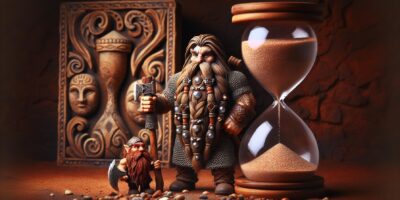
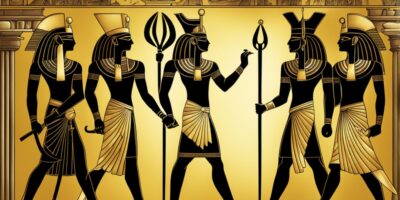
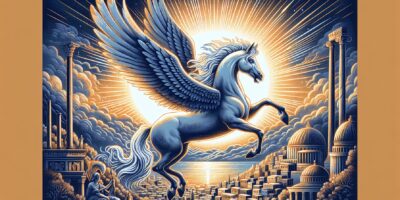
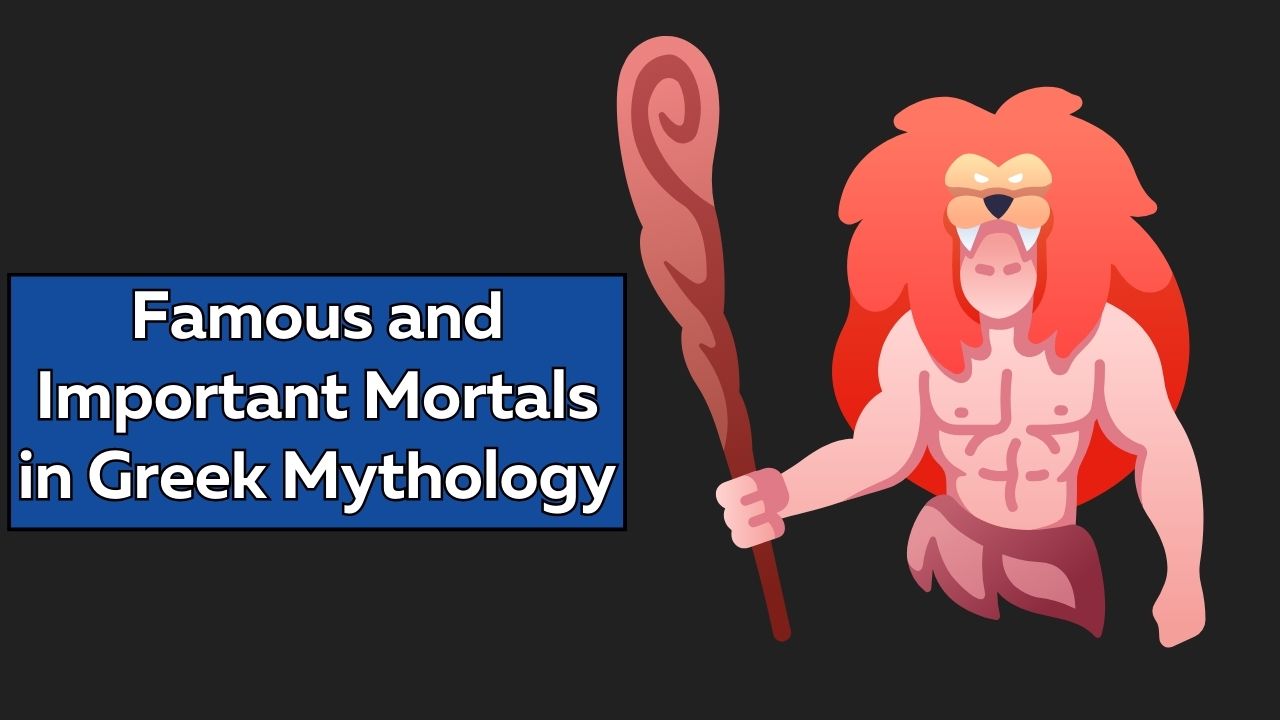

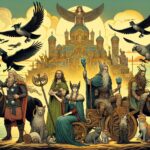
Leave a Reply